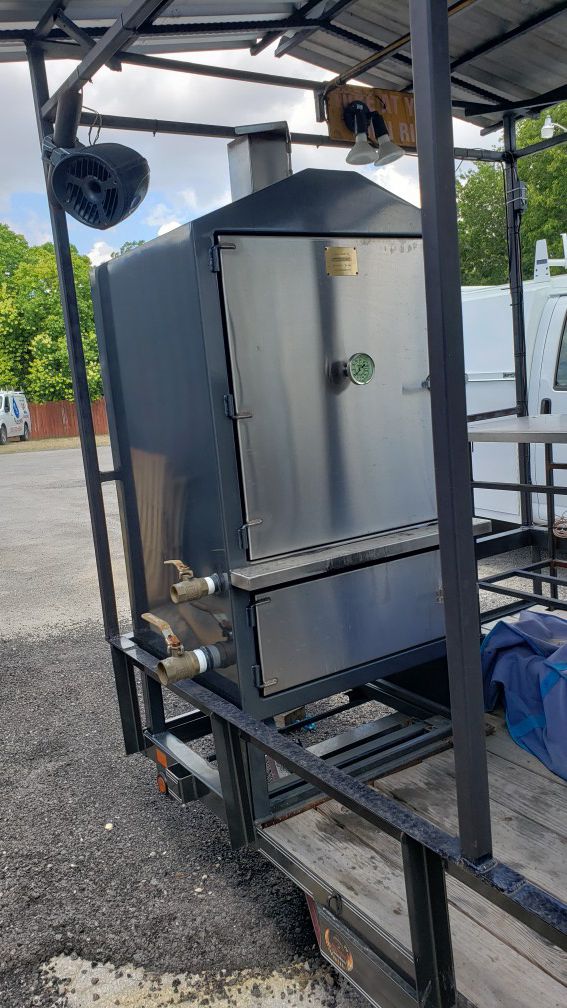

There are numerous buildings that have a rich and unique history that many people have not discovered, particularly around the downtown historic courthouse, or as the locals call it, the square. In 2017, San Marcos is now a thriving city with just around 62,000 residents and around 300 businesses in just the downtown area alone.ĭowntown San Marcos was listed on the National Register of Historic Places in 1986. As time went on, San Marcos began to have a heavy tourist industry and in around 1960 Aquarena Springs and Wonder World Cave opened its doors to meet those needs. With a steady and healthy population, San Marcos begin to expand its business efforts with local shops popping up, in which there was an estimated 200 businesses in all of San Marcos at 1930. This was followed by the chartering of the Southwest Texas Normal School in 1899, which a building was erected and opened its doors in 1903. Seeing a need to increase the public education system in San Marcos, the Texas Legislature established a teachers college in 1893.

This growth in population was also contributed by the International Great-Northern Railroad completing its line from Austin to San Antonio in 1880. There were around 387 residents in 1851, which grew exponentially to 2,335 residents by 1890. With San Marcos being a major stopping area for settlers making their journey between Austin and San Antonio, Texas, the population began to grow rapidly. Merriman took possession of 640 acres of the Juan Veramendi grant and laid out the town center. In 1851, General Burleson, William Lindsey and Dr. Hays, Hays County was formed a couple years later in March of 1848 and designated San Marcos as the seat of the new county government. Hays, in which the First Methodist Church began shortly after. San Marcos got its first store and post office in 1847 thanks to a joint effort from General Edward Burleson and John C. San Marcos, Texas was the site of several attempts at Spanish colonization before becoming an Anglo-American settlement in 1846 by San Marcos’ first settler, Thomas G.


 0 kommentar(er)
0 kommentar(er)
